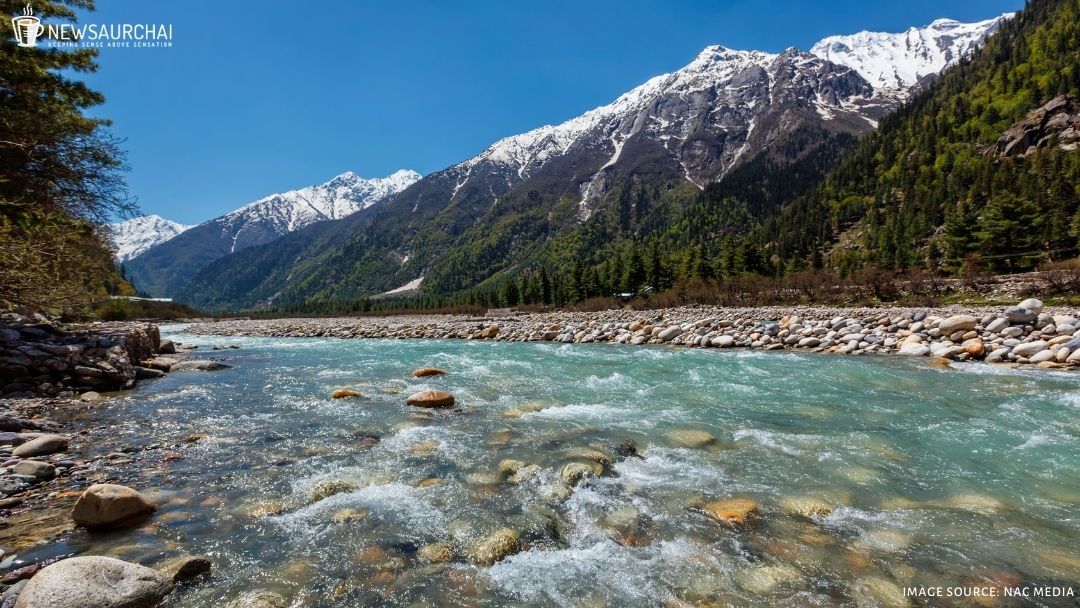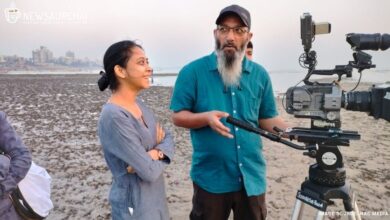
The International Day of Action for Rivers (now referred to as ‘IDAR’) is observed every year on March 14. The year 2021 will be the 24th year since the Day came into the picture. This Day is all about taking the necessary steps to safeguard, celebrate and make people aware of the planet’s veins. Rivers are significant for the survival of flora, fauna and humankind alike. Global communities stand united to state that “Rivers matter!” According to International Rivers, the objective on this Day is to “raise our voices in unison against destructive water development projects, reclaim the health of our watersheds, and demand the equitable and sustainable management of our rivers.”
The Story Behind The Historic Day
The participants of the First International Meeting of People Affected by Dams, held at Curitiba Brazil in March 1997, approved the International Day of Action Against Dams and For Rivers, Water and Life (former name of IDAR). Representatives from 20 countries set apart March 14, which is also Brazil’s Day of Action Against Large Dams, to celebrate the significance of the life-giving sources on earth. The co-founders of this movement are MAB, International Rivers, European Rivers Network (ERN), Narmada Bachao Andolan (NBA, India’s Save the Narmada movement) and Biobio Action Group (GABB, Chile).
Themes
The theme for 2021’s celebration is “Rights of Rivers”. Rivers, too, have the right to voice its ‘suppression’. For several years, Environment activists have advocated that rivers be declared a ‘national asset’ and be given legal rights. This could lead to an improvement in the present condition of the water source, which in most places, sadly, are polluted, treated as sewage canals and dumping sites.
Why Are The Rivers Threatened?
Despite their value addition to the various forms of life, rivers are ‘the world’s most threatened ecosystems. Dams are the primary cause of this threat. Over the years, the construction of dams has proved more of a bane than a boon. Dams physically change the direction of the rivers and decrease their quality. There have been cases where surrounding communities have been displaced. As a result, hunger, unemployment and other social problems increased. Moreover, the electricity generated by the dams is of no use as people hardly benefit from it.
Non-Government Organizations (NGOs) Striving To Restore Rivers
Following is the list of notable NGOs, in and out of India, which are trying their level best to raise awareness on this matter of great concern:-
1. Jeevitnadi – Living Water Foundation
This NGO was started in 2014 to protect and care for the rivers in Pune, India. ‘River Mutha’, Nature Walk Programme and the Muthai River Festival are a few of its initiatives to involve communities developing and executing ecological and reliable plans to betterment rivers. Its main motto is “My River, My Responsibility”.
2. Environmentalist Foundation of India (EFI)
One of the cleanest cities in the nation, #Ambikapur is home to several water bodies. Owing to the fast changing world, these water bodies have unfortunately fallen prey to pollution and contamination.https://t.co/gZGugunADN
— Environmentalist Foundation of India (@EFIVolunteer) March 13, 2021
The Chennai-based Foundation, set up in 2007, concentrates its activities on three main aspects, involving the community – water, wildlife and waste. Under its leadership, about 129 water bodies across 14 Indian states have been adequately cleaned and cared for. About 75 water bodies in and around Chennai have been restored under the team’s guidance.
3. Rivers of the World Foundation (RWF)
RWF was founded in 2009 with the primary objective of addressing River Yamuna’s problems. Its work line involves treating the wastes discharged into the river, protecting the river’s natural environment and controlling environmental pollution. It also cleans up highly polluted rivers of various countries, including the United States of America (USA), South East Asia, South America, Europe and Africa.
4.The Nature Conservancy (TNC)
Maybe you’ve heard clean energy infrastructure can harm wildlife—but did you know those impacts are avoidable?
TNC scientist & @IUCN report coauthor Joe Kiesecker shares how to get the transformation we need #ForNature: https://t.co/Xrqiuj4BJE
— The Nature Conservancy (@nature_org) March 13, 2021
The American NGO originated in 1951 to formulate and implement nature-based solutions for environmental threats and challenges. It is present in 79 countries across the globe. As far as India’s works are concerned, the restoration of the River Ganga is its primary project.
Condition of the Indian Rivers
The Indian river water is unfit for drinking, mainly due to the unhygienic maintenance. The water bodies are carelessly littered and poisoned, which then goes on to affect even the marine animals. According to the latest facts, the River Yamuna, one of the most famous Indian rivers, receives about 800 million litres of untreated sewage and about 44 million litres of industrial effluents, creating a toxic foam in this prominent river. According to a study conducted in 2018, 70 per cent of India’s water is contaminated. This has placed India in the 120th position out of 122 countries regarding the Water Quality Index. A single person or organization initiative is not going help unless it gets transformed into collective efforts. Failure to restore these natural gifts could result in their ‘death’.
What Is Our Role?
- Dispose of wastes carefully;
- Be ‘selfless’, not selfish. Your careless actions could affect a community sooner or later;
- Join an authorized NGO and see how you can participate in its activities to protect the water bodies;
- Raise awareness amongst family members, friends and neighbours;
- Host online events to highlight the importance of rivers and use social media wisely.





